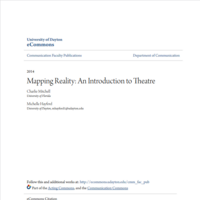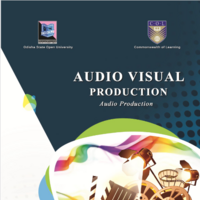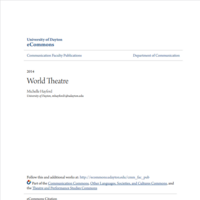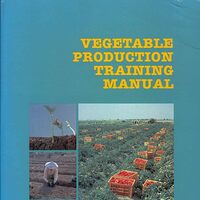Search
Books+
Searching 1,73 books
Search related to the career Theater Director
Transforming a Script into a Production
Step 1: Pre-production
During the pre-production phase, the script is refined and prepared for production. This involves several key tasks:
1. Script Analysis: The script is carefully analyzed to determine its feasibility, budget, and creative requirements. The production team assesses the script's strengths, weaknesses, and potential challenges.
2. Budgeting and Scheduling: A budget is created based on the script's requirements. This includes estimating costs for locations, sets, props, costumes, cast, crew, and post-production. A production schedule is also developed, outlining the timeline for various stages of production.
3. Casting: The casting process begins, where actors are selected to portray the characters in the script. Auditions are conducted, and the most suitable actors are chosen based on their performances and suitability for the roles.
4. Crew Hiring: The production team hires various crew members such as the director, cinematographer, production designer, costume designer, and others. Each crew member brings their expertise to the production.
5. Location Scouting: Locations required for the script are scouted and selected. This involves visiting potential locations, assessing their suitability, negotiating permits, and obtaining necessary permissions.
6. Production Design: The production design team creates visual concepts and plans for sets, props, and costumes. They collaborate with the director to ensure the script's vision is translated effectively.
Step 2: Production
Once pre-production is complete, the production phase begins. This is when the script is brought to life through filming. Key activities during this phase include:
1. Rehearsals: Actors rehearse their scenes to perfect their performances and ensure they align with the script's vision.
2. Filming: The script is filmed according to the production schedule. The director, cinematographer, and crew work together to capture the scenes, ensuring technical and artistic aspects are well-executed.
3. Continuity: The script supervisor ensures continuity throughout the production. They ensure that scenes are filmed in the correct order, props and costumes remain consistent, and actors maintain continuity in their performances.
4. Adaptations: Sometimes, adjustments are made to the script during filming to enhance the story or address practical constraints. These changes are made in collaboration with the screenwriter and director.
Step 3: Post-production
After filming is complete, the post-production phase begins. This involves various tasks to finalize the production:
1. Editing: The footage is edited to create a cohesive narrative, following the script's structure. This includes selecting the best takes, adding visual effects, sound design, and music.
2. Sound Design: Sound effects, dialogue, and music are added to enhance the production's audio quality and create a more immersive experience.
3. Color Grading: The colorist adjusts the visual appearance of the footage to achieve the desired mood and tone. This includes adjusting brightness, contrast, saturation, and color balance.
4. Visual Effects: If required, visual effects are added to enhance or create elements that couldn't be captured during filming. This can include CGI, compositing, or other digital enhancements.
5. Finalizing: The production is finalized by adding titles, credits, and any necessary legal clearances. The final version is reviewed and approved by the director and other key stakeholders.
Step 4: Distribution and Exhibition
Once the production is complete, it is ready for distribution and exhibition. This involves:
1. Marketing and Promotion: The production is marketed to create awareness and generate interest among the target audience. This can include trailers, posters, press releases, and social media campaigns.
2. Distribution: The production is distributed through various channels such as theaters, streaming platforms, television networks, or DVD/Blu-ray releases. Distribution strategies vary depending on the target audience and the production's goals.
3. Exhibition: The production is screened or made available to the audience through the chosen distribution channels. This can be in cinemas, on-demand platforms, or other venues.
4. Audience Feedback: Feedback from the audience is collected and analyzed to understand their response to the production. This feedback can help shape future productions and marketing strategies.
By following these steps, a script can be successfully transformed into a production, bringing the story to life on screen or stage.
Source: Various AI tools
Acting
Books tagged Acting
Javascript
Pyramid project
Books tagged pyramid project
Tafsiri
Books tagged translation
Mining
Kuandika
Books tagged writing
Ujasiriamali
Books tagged entrepreneurship
Waandishi
Vitabu takatifu
Changamoto
Bunilizi ya kisayansi
Books tagged science fiction
Fantasia
Searched in English.





















































































